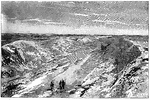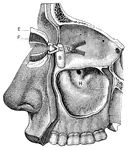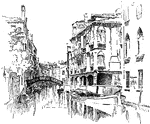Clipart tagged: ‘canal’

Ailmentary Canal
"ailmentary canal of a honey bee. at, honey stomach; s, true stomach; nt, intestine; o, esophagus; sg,…
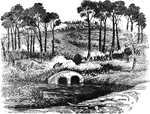
Battle of Antietam
"Battle of Antietam, Md. Burnside's division carrying the bridge over the Antietam Creek and storming…
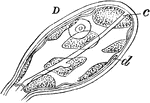
Athorybia Gonophores
"D, female gonophores, enlarged: c, radial canals; d, canal of manubrial cavity." -Whitney, 1911
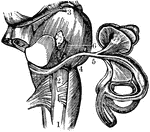
View of the Auditory Nerve
A view of the auditory nerve. Labels: 1, The spinal cord. 2, The medulla oblongata. 3, The lower part…
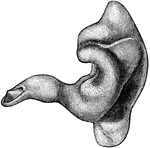
External auditory canal
"A Cast of the External Auditory Canal. The auditory canal is a passage in the solid potion of the temporal…

Carmarina
"Carmarina (Geryonia) hastata, one of the Trachomedusae. a, nerve-ring; a', radial nerve; b, tentaculocyst;…

Carmarina
"Diagram of a vertical section of Carmarina hastata, passing on the right through the whole length of…
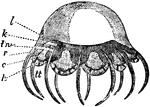
Cunina Rhododactyla
"Cunina rhododactyla, one of the Narcomedusae. c, circular canal; h, "otoporpae" (ear-rivets) or centripetal…
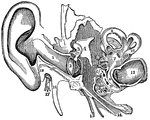
Parts of the Ear
A view of all the parts of the ear, Labels: 1, The tube that leads to the internal ear. 2, The membrana…
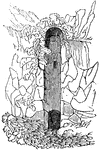
Emissarium
"An artificial channel formed to carry off any stagnany body of water, like the sluices in modern use.…

Fibro-vascular Bundle
"Transverse section of a closed fibro-vascular bundle. r, annular vessel; s, spiral vessel; I, inter-cellular…
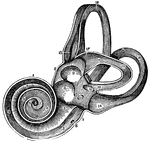
View of the Labyrinth Laid Open
A view of the labyrinth laid open. Labels: 1, The cochlea. 2, 3, Two channels that wind two and half…

Limulus
"Diagram of a lateral view of a longitudinal section of Limulus. Suc, Suctorial pharynx. al, Alimentary…

Locks
"The lock C is a controllable compartment with raise-able and lower-able gates D and E. Since water…
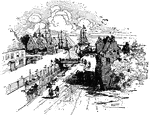
The Canal on Broad Street, New York
The Canal on Broad Street, New York during the days of the Colony of New York.

Assyrian palace
"All the Assyrian buildings were erected on terraces, to which flights of steps gave access, and it…
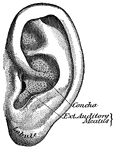
Pinna
"The outer ear consists of a plate of gristle, shaped somewhat like a shell, known as the pinna, or…
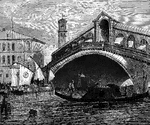
Rialto Bridge and Gondolas
Gondoliers maneuver their craft under the Rialto Bridge in Venice, Italy. The Rialto is the oldest of…
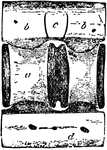
Shark Vertebra
"Lateral view of caudal vertebra of Basking Shark (Selache mazima). a, centrum; b, neurapophysis; c,…
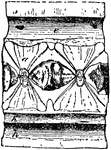
Shark Vertebra
"Longitudinal section of caudal vertebra of Basking Shark (Selache mazima). a, centrum; b, neurapophysis;…

Shark Vertebra
"Transverse section of caudal vertebra of Basking Shark (Selache mazima). a, centrum; b, neurapophysis;…
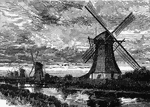
Windmills along a Canal
Windmills stand along a canal. The are probably polder mills used to move water up and out of lowlands,…
